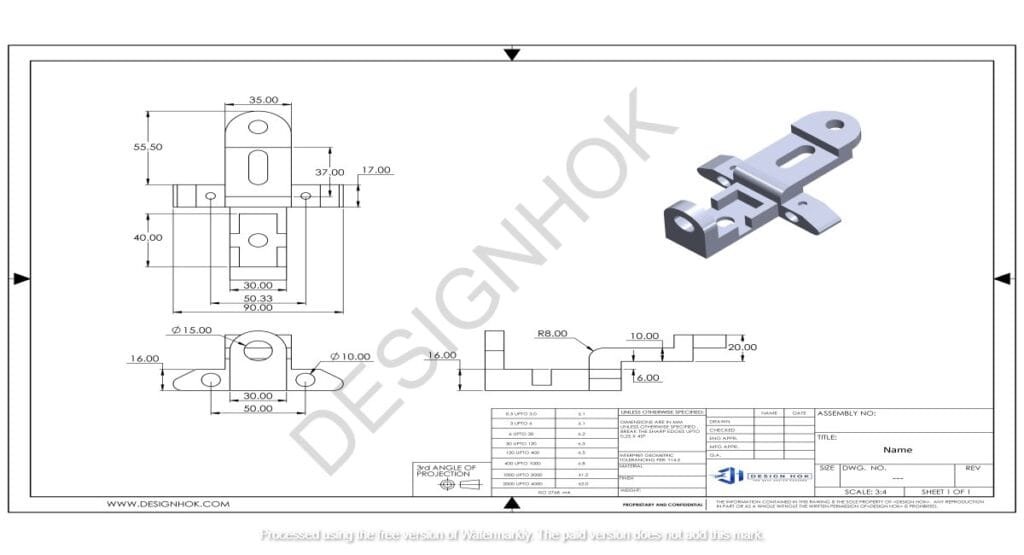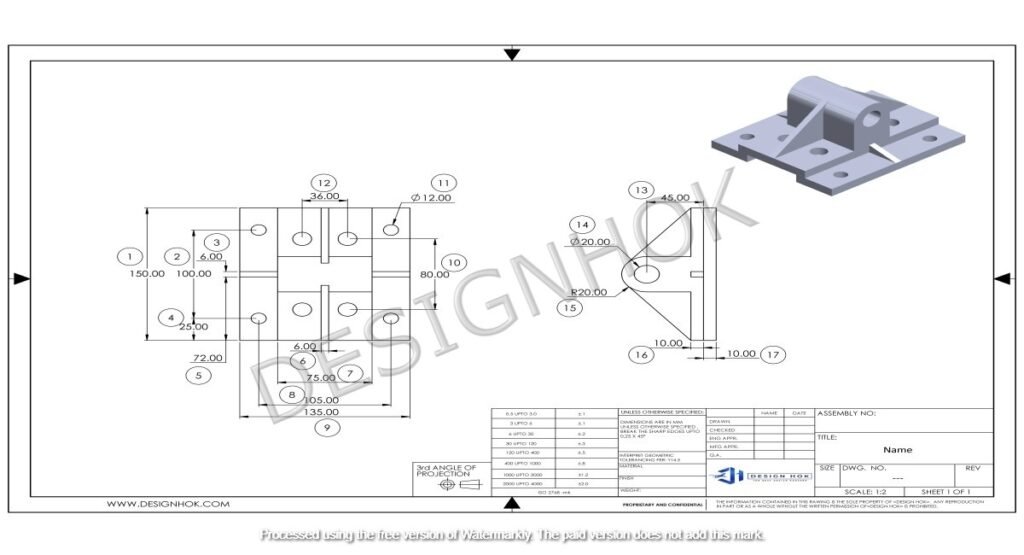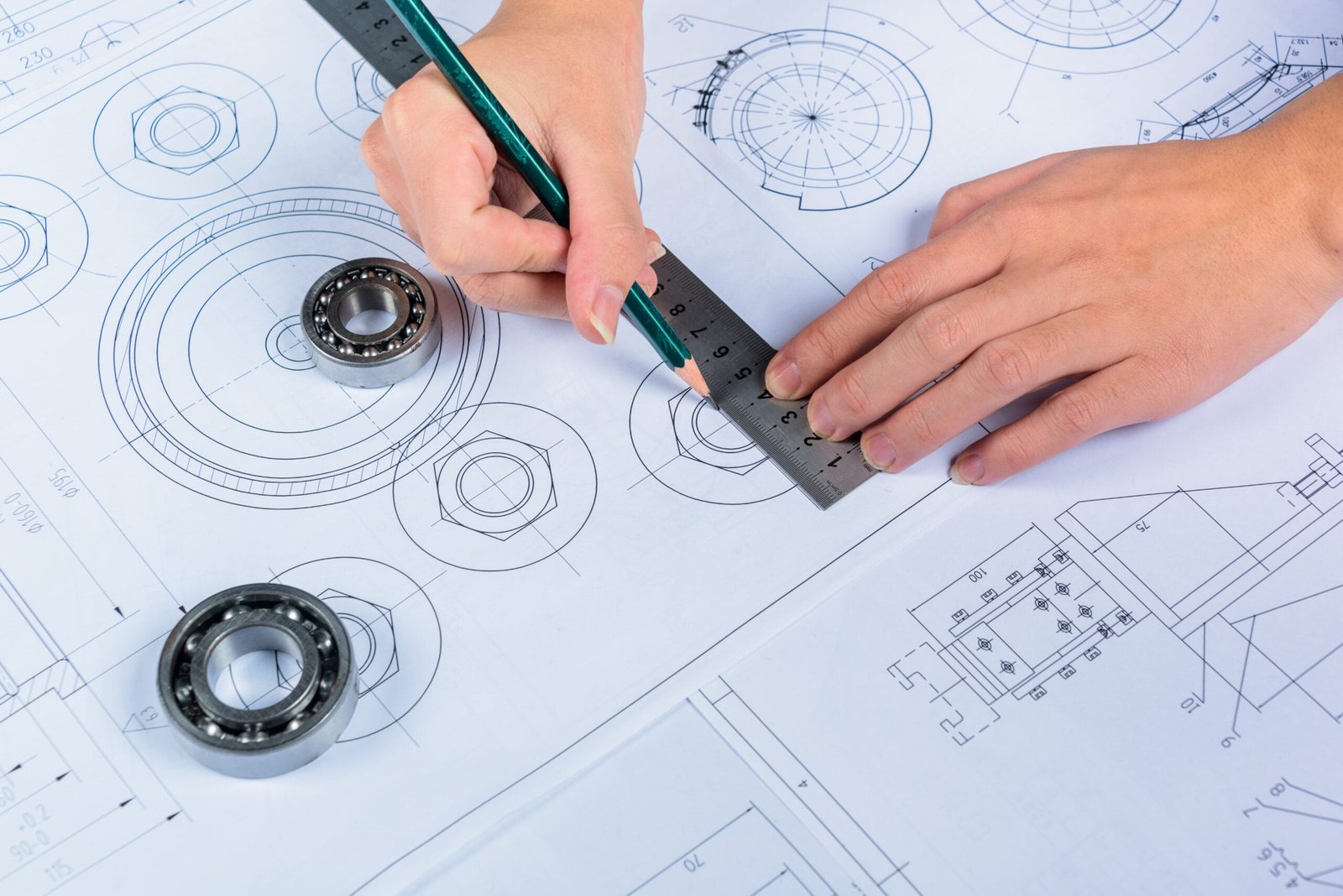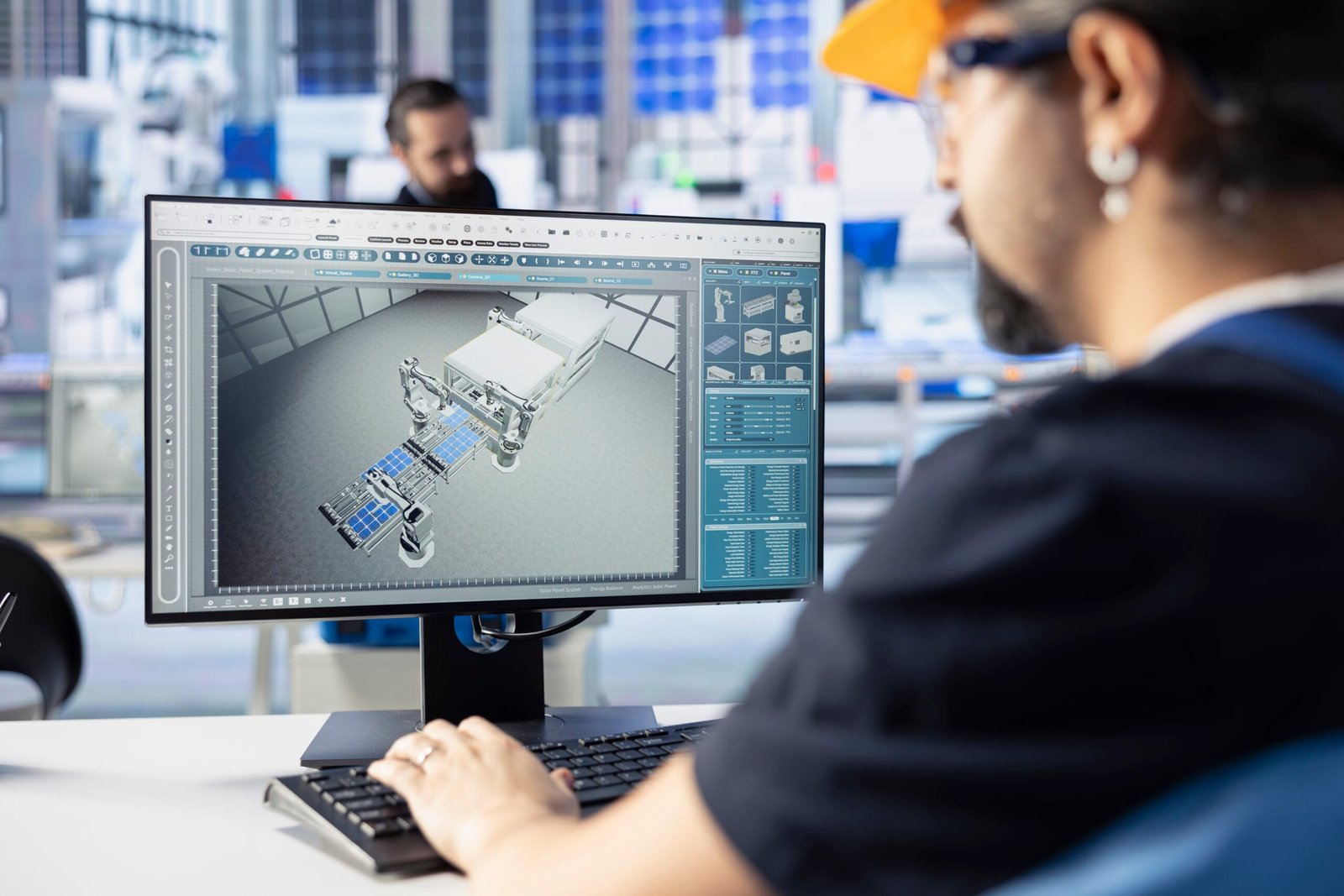Introduction
3D Rendering with Interpretation is a crucial process in the world of design, architecture, and engineering. It allows designers to convert 3D models into realistic images that showcase details, textures, lighting, and shadows. However, simply creating a high-quality render is not enough—interpretation plays a key role in ensuring that the final output meets design objectives and conveys the intended message.
At Design HOK, we specialize in 3D rendering services that help architects, engineers, and product designers visualize their concepts with precision. This guide will explore 3D rendering techniques, tools, and the importance of interpretation in design. Whether you are a beginner or an experienced professional, this article will provide valuable insights into the art of rendering and interpretation.
1. What is 3D Rendering with Interpretation?
Definition and Purpose
3D rendering is the process of generating a photorealistic or non-photorealistic image from a 3D model using rendering software. This technique is widely used in industries such as architecture, interior design, product manufacturing, and animation.
Rendering helps to:
- Visualize designs before production
- Improve communication between designers and clients
- Detect design flaws early in the process
- Enhance marketing and presentation materials
Types of 3D Rendering with Interpretation
- Real-Time Rendering – Used in video games and virtual reality (VR) applications, allowing for instant visualization.
- Photorealistic Rendering – Creates highly detailed images that mimic real-world lighting and materials.
- Non-Photorealistic Rendering (NPR) – Used in artistic and conceptual visualization with a stylized approach.
2. The Role of Interpretation in 3D Rendering
What is 3D Rendering with Interpretation?
Interpretation in rendering refers to the process of analyzing, adjusting, and fine-tuning a render to match the designer’s vision, client requirements, and project goals. It involves understanding:
- Design intent – What message should the render convey?
- Lighting and mood – Does the scene evoke the right emotions?
- Material accuracy – Are the textures and reflections realistic?
- Perspective and composition – Does the angle showcase the best features?
Why is Interpretation Important?
- Bridges the gap between concept and reality
- Ensures that design elements align with client expectations
- Improves storytelling in architectural and product visualization
- Enhances the overall impact of presentations and marketing materials

3. Essential Software for 3D Rendering
To achieve high-quality renders, designers use advanced rendering software. Some of the best tools include:
Rendering Engines
- V-Ray – Known for its realistic lighting and shading capabilities.
- Lumion – Best for architectural visualization with real-time rendering.
- Blender (Cycles & Eevee) – Free and powerful tool for both photorealistic and stylized rendering.
- KeyShot – Ideal for product rendering with a focus on material accuracy.
- Enscape – A popular choice for real-time rendering in architecture.
Modeling Software with Built-in Rendering
- AutoCAD – Offers basic rendering tools for engineering and architecture.
- SketchUp – Integrates well with V-Ray and Enscape for quick visualization.
- 3ds Max – Provides advanced rendering features for gaming and animation.
- Revit – Best for Building Information Modeling (BIM) projects with rendering support.
4. Key Techniques in 3D Rendering
1. Lighting Setup
Lighting plays a crucial role in setting the mood and realism of a render. Common lighting techniques include:
- Global Illumination (GI) – Simulates natural light bouncing off surfaces.
- High Dynamic Range Imaging (HDRI) – Provides realistic environmental lighting.
- Three-Point Lighting – A technique used to highlight key areas of a model.
2. Texture Mapping
Adding textures to a 3D model enhances realism. Techniques include:
- Bump Mapping – Simulates surface details without increasing geometry.
- Displacement Mapping – Adds actual geometric detail for more realistic textures.
- PBR (Physically-Based Rendering) – Ensures accurate material reflections and shading.
3. Camera Angles and Composition
The way a 3D model is presented affects its impact. Important aspects include:
- Rule of Thirds – Placing key elements strategically within the frame.
- Depth of Field (DOF) – Blurring background elements to focus on the subject.
- Perspective Adjustments – Ensuring accurate proportions and scale.
4. Post-Processing and Enhancements
After rendering, post-processing is done using software like Photoshop or After Effects to adjust:
- Brightness and Contrast
- Color Correction
- Lens Effects (Glare, Bloom, Depth Blur)
5. Applications of 3D Rendering with Interpretation in Various Industries
1. Architecture and Interior Design
3D rendering is essential for architects and interior designers to showcase building designs, furniture placement, and lighting setups.
2. Product Design and Manufacturing
Companies use rendering to visualize prototypes before mass production, ensuring cost-effective development.
3. Automotive and Aerospace
Automobile manufacturers create detailed renders of vehicles to test aerodynamics, lighting, and materials before physical production.
4. Marketing and Advertising
Brands use 3D renders for product advertisements, e-commerce displays, and promotional materials.

6. 3D Rendering Services at Design HOK
At Design HOK, we offer high-quality rendering services tailored to meet the needs of various industries, including:
- Architectural Visualization – Realistic images of buildings and interiors.
- Mechanical & Product Rendering – Detailed representations of machines and prototypes.
- Conceptual & Stylized Rendering – Artistic renders for marketing and storytelling.
Our team uses cutting-edge software and interpretation techniques to ensure that every render meets the highest standards of accuracy and aesthetics.
Conclusion
3D rendering is a powerful tool that brings designs to life, but interpretation is what makes them meaningful. By focusing on lighting, texture, composition, and post-processing, designers can create renders that not only look good but also communicate effectively.
At Design HOK, we provide professional 3D rendering services that cater to architecture, engineering, product design, and marketing needs. Whether you need realistic visualizations or conceptual artwork, our experts ensure precision, creativity, and attention to detail.
For custom 3D rendering solutions, contact Design HOK today and turn your vision into stunning reality!
FAQ – 3D Rendering with Interpretation
1. What is the difference between 3D modeling and 3D rendering?
3D modeling is the process of creating a digital 3D object, while 3D rendering is the process of converting that model into a realistic image with lighting, textures, and shading.
2. Why is interpretation important in 3D rendering?
Interpretation ensures that the final render matches the intended design, maintains visual clarity, and effectively communicates the concept to clients.
3. What industries benefit from 3D rendering?
Industries like architecture, engineering, product design, automotive, gaming, and marketing use 3D rendering for visualization and communication.
4. What is the best software for high-quality 3D rendering?
Software like V-Ray, Lumion, Blender, and KeyShot are popular for high-quality rendering.
5. Does Design HOK offer 3D rendering services?
Yes! Design HOK provides expert rendering services for architecture, mechanical design, product visualization, and marketing presentations.





